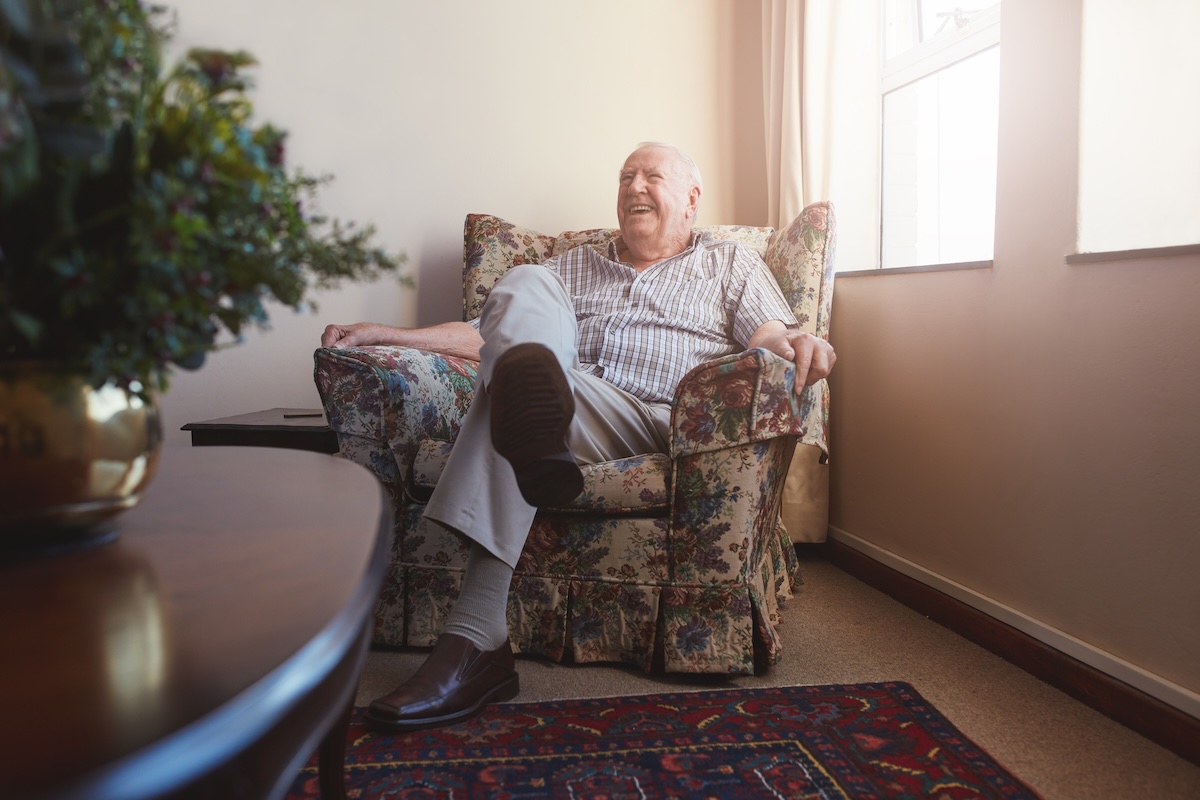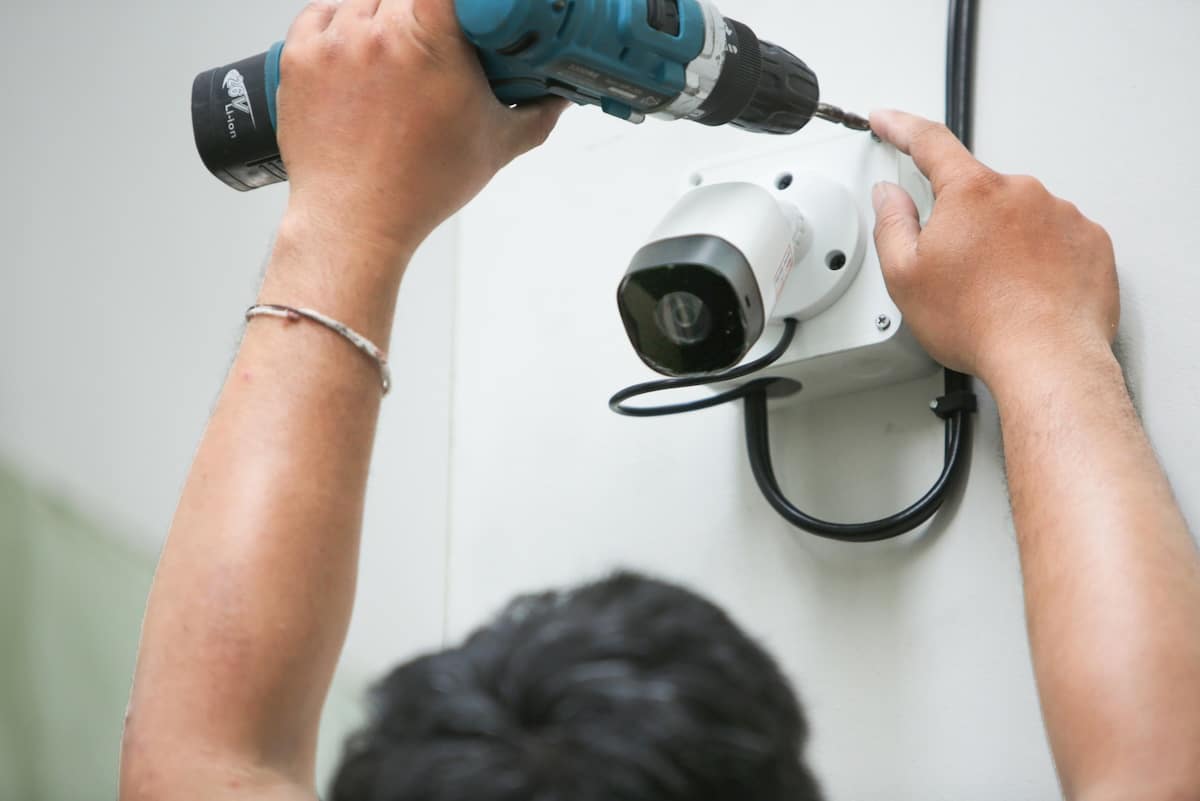Designing a bathroom for your aging parent involves thinking about safety, easy access, and comfort. As people get older, everyday activities like bathing, using the toilet, or walking across the bathroom might become difficult. Without the right adjustments, the bathroom can become a risky place. That’s why it’s important to consider senior bathroom that suits your senior loved one. It helps them stay independent and safe.
When planning a bathroom for an senior family member, it’s not just about how it looks; it’s about creating a space that is safe, easy to use, and practical. Important features like grab bars, comfortable-height toilets, and non-slip floors are essential to prevent falls and injuries.
Additionally, elements like walk-in showers, hand-held shower heads, and thoughtful lighting can make the bathroom much safer and easier to use.
In this article, we’ll look at the key features and design ideas that can turn your bathroom into a senior-friendly space. From safe flooring options to accessible fixtures and simple control systems, we’ll cover the important aspects of designing a bathroom that meets the needs of the senior, allowing them to live comfortably and independently in their own home.
1. Safe Flooring Solutions
Non-Slip Floor Materials
Choosing the right flooring is essential for creating a safe bathroom for the senior. Some flooring types are better at preventing slips and falls.
Vinyl flooring is a great option because it’s affordable, easy to install, and resists water well. It comes in many styles and colors, and textured vinyl can greatly reduce the chance of slipping.
Additionally, vinyl with a cork layer underneath offers extra cushioning, making it softer on the joints and safer if someone does fall.
Natural stone, like textured or sandblasted stone, is another good choice. It looks elegant and is naturally slip-resistant.
However, it needs regular maintenance to keep it water-resistant and can be more costly than other options.
Rubber flooring is also a good choice because it provides a lot of traction, even when wet. This is especially helpful for seniors with arthritis, osteoporosis, or balance issues.
Bamboo and cork flooring are eco-friendly options that naturally resist slipping. Bamboo is sustainable and moisture-resistant, while cork is gentle on the joints and offers good traction.
Seamless Transitions
Another important aspect of safe flooring is having smooth transitions between different areas of the bathroom. This is especially important for those using walkers or wheelchairs.
Choosing flooring that moves smoothly and without obstacles is essential. Vinyl or tile with a non-slip surface can be ideal for areas where wheelchairs or walkers are used, providing the right amount of traction while allowing easy movement.
It’s also important to avoid rugs and mats that might slip or bunch up. Instead, opt for flooring that has a consistent texture throughout the bathroom to avoid tripping hazards.
This consistency helps keep the bathroom safe and easy to navigate, reducing the risk of falls and injuries.
2. Accessible Fixtures and Features
Grab Bars and Handrails
Grab bars and handrails are essential in an senior-friendly bathroom. They provide the needed support and stability, greatly reducing the risk of falls and injuries. It’s important to place grab bars near areas that can be slippery, like the shower, bathtub, and toilet.
For the best support, grab bars should be installed at specific heights: about 34-36 inches above the floor for the sides of the tub and 9 inches above the shower seat for the walls.
It’s also important to choose grab bars made from sturdy materials with good grips, and to ensure they are long enough to provide adequate support. Options that meet ADA standards are recommended for their reliability and strength. Customizing the placement of grab bars to fit individual needs, including their height and dominant hand, ensures the best support and safety.
Height-adjustable or Comfort-height Toilets
Comfort-height toilets are an important feature for making the bathroom safer and easier to use for seniors. These toilets are usually 2 to 4 inches taller than standard ones, often between 17 and 19 inches from the floor to the top of the bowl.
This extra height makes it easier for senior individuals to sit down and stand up, reducing strain on their muscles and joints.
The right toilet height can be adjusted based on individual needs, especially for those using wheelchairs. For example, matching the toilet height to the wheelchair can make transferring easier.
Additionally, options like raised bidet seats or platforms that lift the existing toilet can help achieve the ideal height.
Walk-in Showers and Tubs
Walk-in showers and tubs are designed to address the safety and accessibility issues of traditional bathrooms. Showers that meet ADA standards have non-slip floors, grab bars, and wider entrances, making them perfect for seniors with limited mobility. These showers have low steps or no steps at all, removing the risk of tripping when getting in and out.
Walk-in showers or curbless showers also offer enough space for easy movement, allowing seniors to move around comfortably. This design supports independence and comfort, letting seniors choose to shower while standing or sitting based on their needs. Features like seated areas and hand-held shower heads also improve the bathing experience.
3. Simplified Control and Assistance Systems
Easy-to-Use Faucets
Easy-to-use faucets are essential in a senior-friendly bathroom, especially for those with limited hand strength or dexterity. Single-handle faucets with smooth and simple controls are highly recommended.
These faucets allow one-handed control of water temperature and flow, making them ideal for senior users.
Touchless faucets can also enhance the bathroom experience. These faucets reduce the risk of spreading germs and are easy to operate without having to touch them.
They are especially useful in care facilities but are also beneficial in home bathrooms for maintaining cleanliness and ease of use.
For those who prefer traditional faucets, replacing old handles with lever handles or sensor-operated options can make a big difference. These changes can often be done without replacing the entire faucet, as replacement handles are usually available and easy to install.
Senior Bathroom Alert Systems
Bathroom alert systems are important for ensuring the safety and well-being of senior individuals. These systems are often part of larger medical alert solutions and provide quick help in case of an emergency. For example, devices with automatic fall detection can send alerts to emergency responders or caregivers if a fall is detected, ensuring help arrives quickly.
These systems can include wearable devices like pendants or smartwatches that allow seniors to call for help from anywhere in the bathroom. Some systems also have two-way speakerphones and wearable buttons that can reach across the bathroom, making sure help is always within reach.
Moreover, these alert systems offer peace of mind for both seniors and their caregivers, knowing that assistance is just a button press away. This supports independence and reduces worry about potential accidents in the bathroom.
Improved Lighting and Visual Aids
Improved lighting is essential for creating a safe and accessible bathroom for seniors. Proper lighting helps prevent falls by highlighting potential hazards and making it easier to move around the bathroom. Installing bright, non-glare lighting fixtures, especially around important areas like the shower, bathtub, and toilet, is important.
In addition to general lighting, consider using night lights or motion-sensor lights to ensure the bathroom is well-lit during nighttime use. Visual aids such as contrasting colors for grab bars, non-slip mats, and other safety features can also help seniors see different parts of the bathroom more clearly, enhancing safety and accessibility.
Clear signage and easy-to-read labels on faucets, toilets, and other fixtures can also help make the bathroom more user-friendly for elderly individuals.
Conclusion
When designing a bathroom for an elderly loved one, it’s important to focus on safety, accessibility, and comfort. Incorporate safe flooring options like non-slip materials and smooth transitions to prevent falls.
Add accessible features such as grab bars, comfortable-height toilets, and walk-in showers or tubs to make moving around and using the bathroom easier. Also, simplify control and assistance systems with easy-to-use faucets, bathroom alert systems, and better lighting to improve overall safety and usability.
By including these features, you can greatly reduce the risk of accidents and create a bathroom that supports the independence and well-being of your senior loved ones. Take steps today to transform your bathroom into a safe and easy-to-use space, ensuring that your elderly family members can live comfortably and safely in their home.



